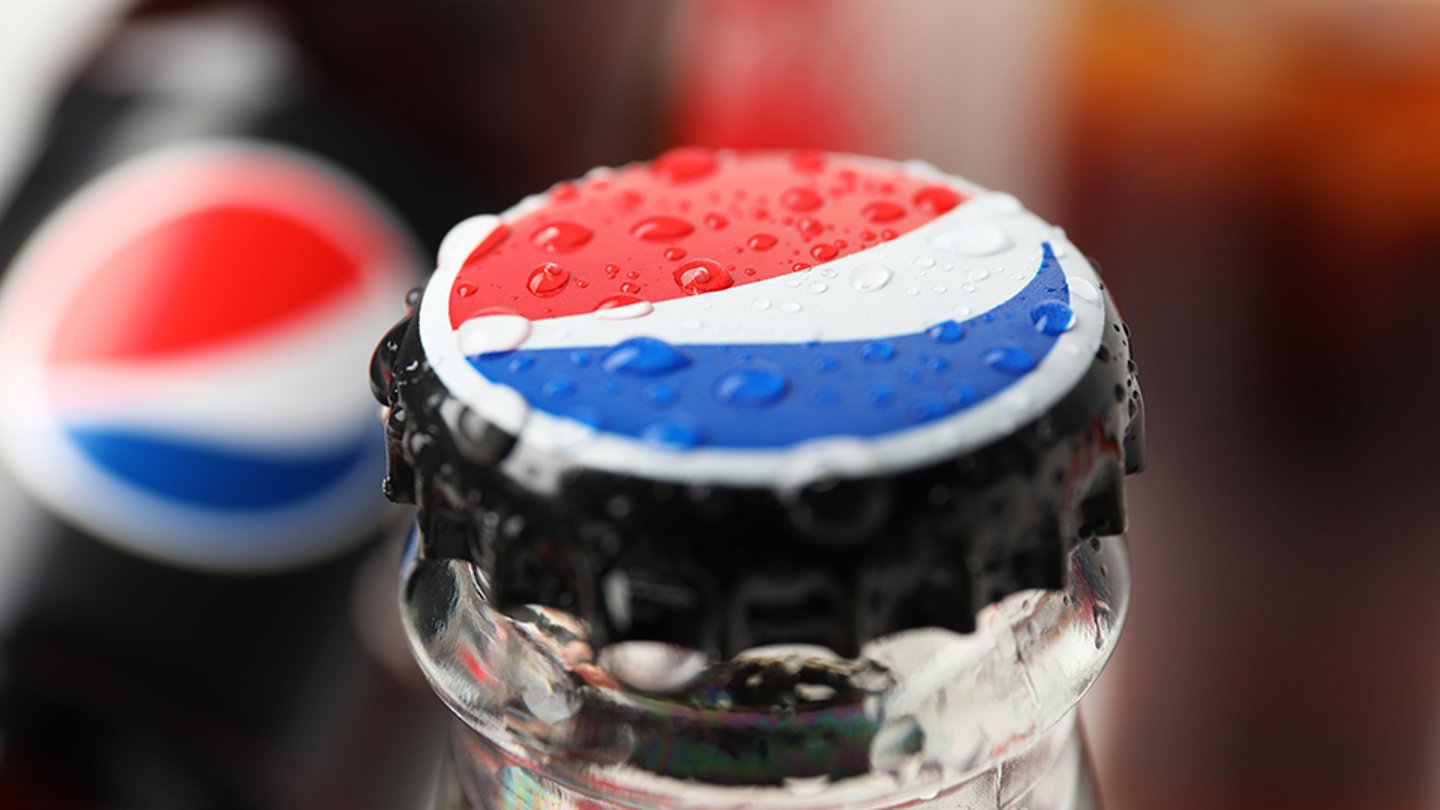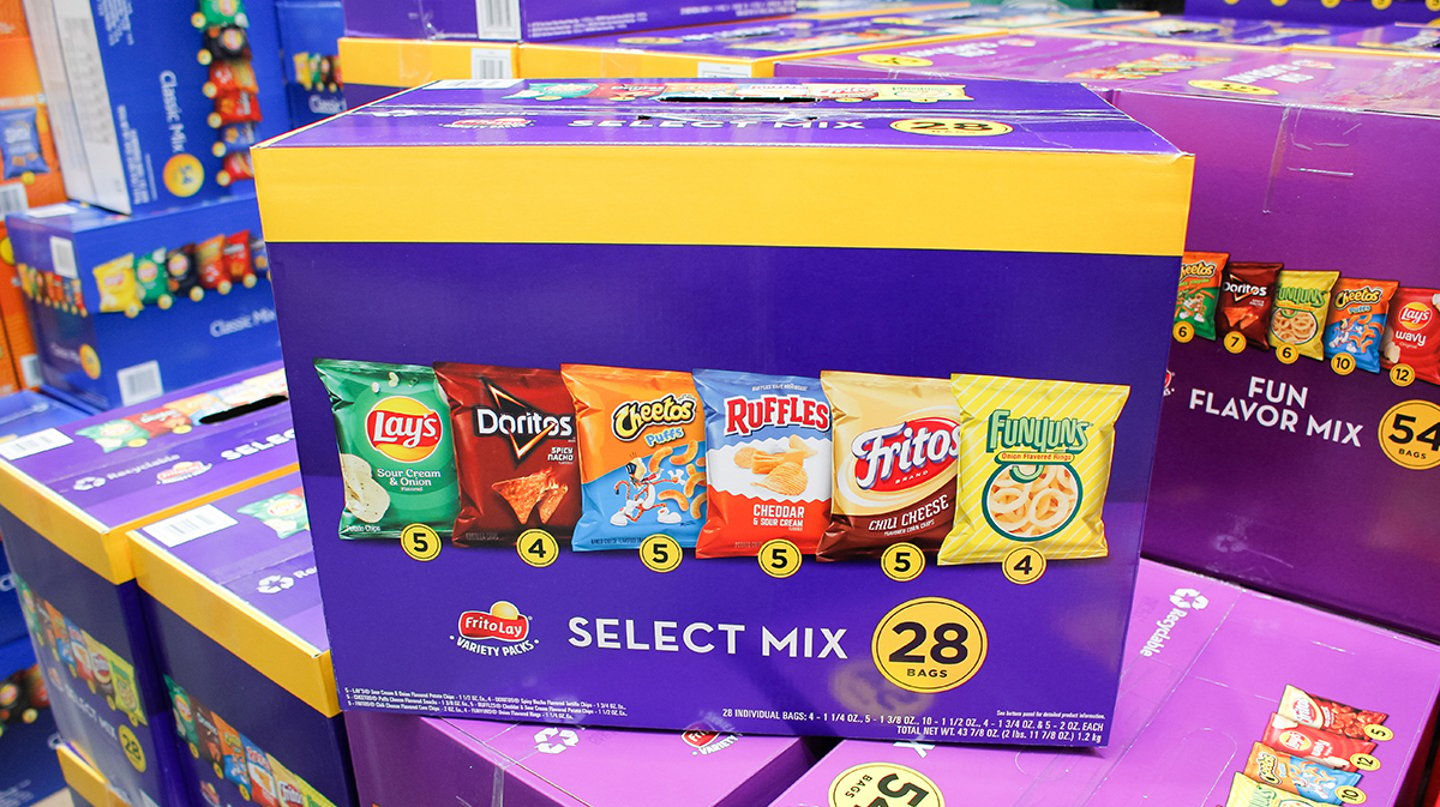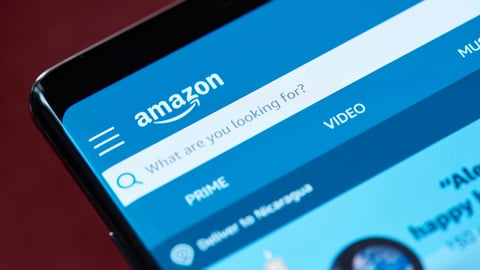How PepsiCo Is Growing E-commerce Profitability
PepsiCo’s tech investment roadmap includes rethinking channel and product mix in order to grow e-commerce profitability, as well as developing internal capabilities to optimize ad bids based on item availability.
In the food and beverage company's pure-play channels, for example, where supply chain expenses tend to be higher, PepsiCo is commercializing specific SKUs that reach a higher average price point, Vince Jones, PepsiCo SVP and global head of e-commerce, said at the Groceryshop industry event last week.
“So we get a little bit more profit in each of those orders [and] get up to a higher average order,” he said. “Or we might do something like focusing less on liquids, more on tablets and powders, and things like that — so really thinking about those things we can do with our assortment in each of the channels.”
[See also: Doritos’ New AR and Social Campaigns Supercharge Consumer Engagement]
In looking at the channel mix, PepsiCo is particularly leaning into areas with more single-serve and other items with higher margins; however, in click-and-collect, it continues to ensure variety and multipack items — which tend to over-index in stores — are more readily available.
Like many CPGs, PepsiCo is also more frequently leveraging tools to measure marketing campaigns at a more granular level to unlock better testing and understanding of both campaign and creative performance. “Over the years we have learned that our highest-performing marketing is when we actually can put our advertising for food and beverage together,” said Jones. “And those outperform single brand marketing, so [we’re] really leaning into our full portfolio there.”
In building internal capabilities, PepsiCo has developed a platform to manage how it bids and optimizes advertising at scale, enabling the company to test and optimize bids based on returns and other marketplace factors. It’s also adding capabilities for more visibility into the supply chain for marketing uses, so the company can, for example, pause bidding on keywords for items running low in stock, as well as make bid adjustments in real time based on environmental factors.
As part of this, PepsiCo added daypart bidding to identify when returns might be higher in different parts of the day. Jones said they’re also making significant investments in supply chain automation and net revenue management, though he didn’t provide additional details.
Shared Ecosystems
Based on ongoing consumer surveys, PepsiCo expects 90% of consumers will continue, at least in a hybrid way, to leverage digital channels for some of their shopping. It’s good news for the company, said Jones, because the omnichannel shopper tends to be the most valuable consumer for its retail partners.
It also presents an opportunity for both retailers and CPGs to recognize the impact these changes will have on their shared ecosystem and develop an end-to-end approach to deliver upon consumer experiences.
“I think it is an opportunity for us to sort of get away from the traditional model where you would have a merchant and a CPG salesperson, and they’re really the primary point of contact, and all the other functional teams are held at an arm's length distance,” he noted.
To break down these silos, PepsiCo remains focused on bringing its technology and data teams together, as well as supply chain and store operations teams, and site merchants and e-commerce teams.
“I realize it will probably require a little more openness and trust than has existed historically in some of the relationships,” said Jones, “but I think it's necessary for all of us to get to the right solution.”
Direct-to-Consumer Future
PepsiCo garnered significant headlines when it quickly stood up the Snack.com and PantryShop.com direct-to-consumer e-commerce sites during the early pandemic. While Jones acknowledged the sites remain a very small piece of businesses relative to its overall portfolio, he stressed their values stem less from driving revenue and more from building consumer relationships to leverage for data and insights.
[See also: Setting the Right Data Foundation for DTC]
“We can do test-and-learns about new product innovations. We can do things like sampling. We can even learn about how consumers act with different combinations of our products in a digital format,” he said. “Having that relationship, that ability to do the test-and-learns, we can take that back and actually help across our portfolio and help drive our broader retail business.”
With that said, the company does see a few areas of significant DTC opportunities, including its SodaStream business, the customizable Gatorade bottles and GX pods on Gatorade.com, and a Gatorade sweat-reading patch that provides personalized hydration recommendations.







